The Vizag Gas Tragedy of March 7th, 2020, has once again shown us how fatal could be the result of mere human negligence. While already dealing with an unparalleled struggle against the Novel Coronavirus & the subsequent lockdown, loss of lives through exposure to a toxic gas was another blow to humankind. The factory from which the gas leaked is located in the thickly populated area of Gopalapatnam in Visakhapatnam, Andhra Pradesh.
19-year-old medical student A. Chandramouli, resident of RR Venkatapuram, Visakhapatnam, lost his life around 3.35 AM on March 7th by falling from his 2nd-storey balcony. But what actually took his life was the pungent smelling chemical ‘styrene’, that had leaked from the LG Polymers chemical factory. His close ones reported that with his eyes blinded with profuse watering and inability to breathe, Chandramouli ran towards the balcony for some fresh air. He ended up dying.
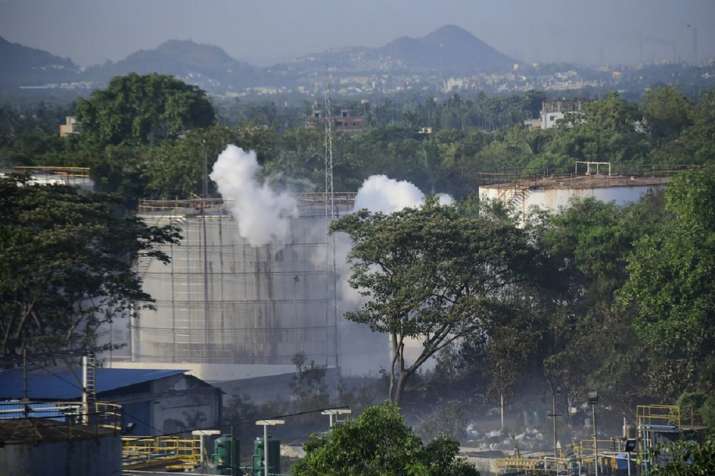
In another incident, young Mr. C. Gangaraju fell into a well and drowned to death as he tried to run out of his house after inhaling the fumes. So less is the value of life?
The Vizag Gas Tragedy killed 12 people (including 2 children) in Gopalapatnam. More than 800 were urgently hospitalized due to illness from exposure to the toxic hydrocarbon gas, styrene.
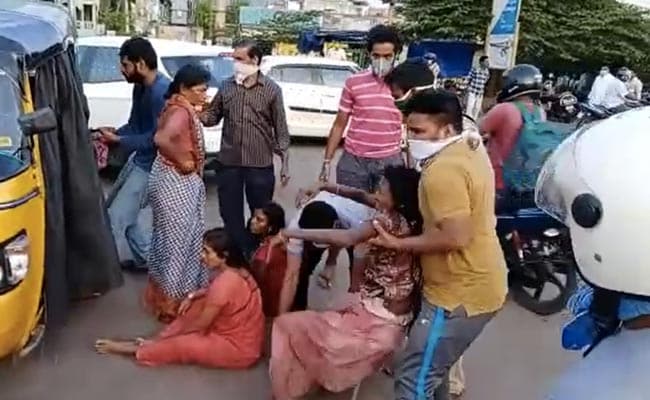
The Andhra Pradesh government evacuated over 10,000 people living in the vicinity of the plant (area ranging from a 3-5km radius of the plant).
The nation had still not recovered from the terror of the Bhopal Gas Tragedy of 1987. Its aftermath was still alive and running in the blood of thousands of Indians when another chapter of a similar tragedy (the Vizag Gas Tragedy) was added to the history of chemical catastrophes of the world. This too was a result of some people’s ignorance towards the consequences.
So when did the leak happen?
Styrene, a highly toxic liquid chemical used in producing plastic, was leaked from the South Korea-owned LG Polymers chemical plant between 2:30 AM to 3:00 AM on March 7th.
The factory was reopening after a gap of about 43 days due to the lockdown scenario.
District Collector V. Vinaychand informed that the boiling point of styrene is 145 degree Celsius. It had risen to 154 degree Celsius on the day of the leakage.
One of the preliminary findings also tells us that the temperature of the storage tank containing the styrene was not maintained below 20 degree Celsius. This could be nothing but a human error, as said by the Andhra Pradesh Forensic Science Laboratory.
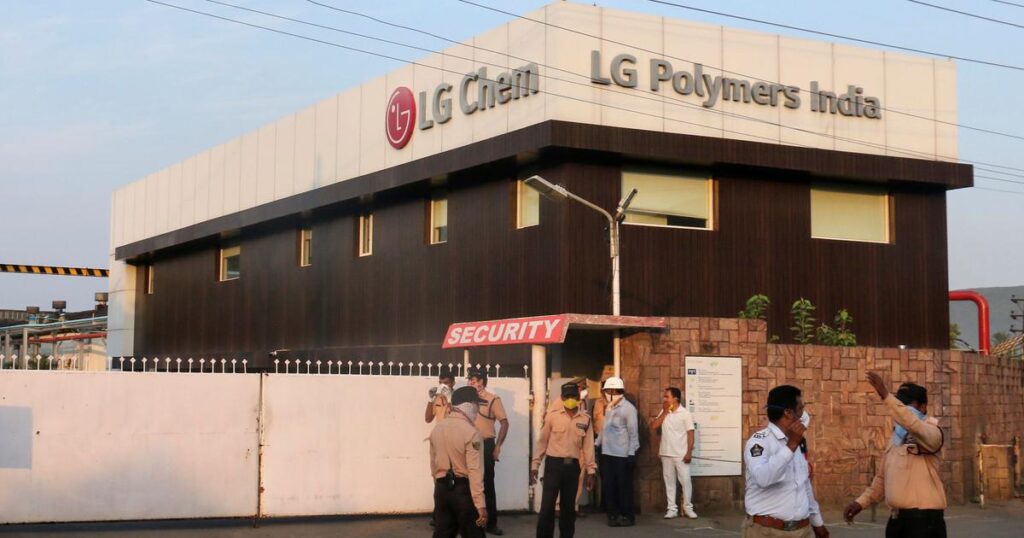
These revelations lead us to questions regarding the operational procedures and security measures involved in handling a chemical so toxic. Chemical plants dealing with hazardous chemicals are required to maintain precautionary measures and regularly monitor their processes.
What exactly had gone wrong that day at LG Polymers, resulting in consequences so severe, is a question that needs further answers.
Where was the negligence?
Negligence & human error in this case can be accounted for at various levels.
To begin with, the LG Polymers chemical plant was operating amidst the thickly populated Gopalapatnam without due Environmental Clearance (EC).
As per a report, the plant had expanded in production 2 years ago in 2018 and was operating illegally in absence of required clearances.
The LG Polymers did apply for an EC, but only in 2019 – after one whole year of the expansion in their productions.
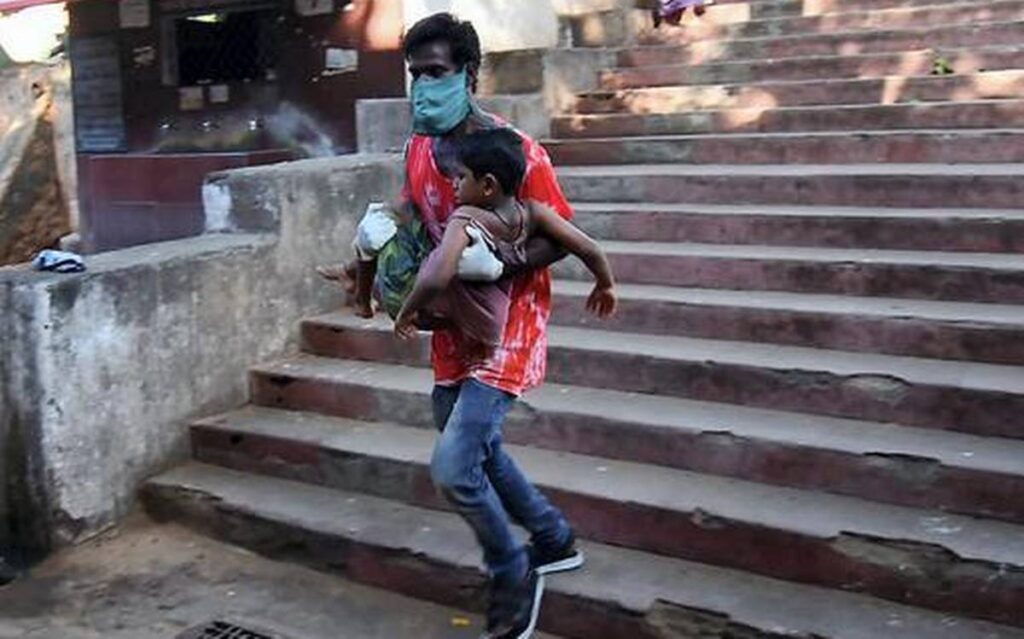
The Andhra Pradesh government’s State-Level Environment Impact Assessment Authority (SEIAA), before June 2019, had ruled that LG Polymers’ operations involving increased toxic styrene capacity were illegal without the Union Ministry of Environment and Forests’ (MoEF) permission. However, the Andhra Pradesh SEIAA sent a file to the Union Environment Ministry regarding LG Polymer’s post-facto EC only after 8 long months of giving out the above rule.
A popular news channel also shed light on the fact that the file for EC had reached the MoEF only in March 2020. Just after that, India observed a lockdown to contain the coronavirus outbreak. As a result, no team could be sent in for an assessment of the case.
From the mentioned scenario, it is clear that human error played the villain in the Vizag Gas Tragedy. The company’s failure in acquiring the required clearances & the lack of efficiency of the Andhra Pradesh government departments are a clear indication of the fact that authorities in charge of these industries have taken no lesson from the Bhopal Gas Tragedy.
What was done after the mishap?
The National Green Tribunal (NGT) drew an interim penalty of Rs. 50 crore on the chemical company on March 8th, 2020, a day after the leakage mishap. It is also scrutinizing documents on how the plant was operating throughout the years without abiding by the rules and regulations.
Andhra Pradesh CM YS Jaganmohan Reddy announced an ex gratia of Rs 1 crore each to the families of the deceased souls. A compensation package was also released for those affected & sickened by the styrene leak. Reddy had announced the extension of the Arogyasri medical insurance facility to everyone in question here.
All authorities including the NDRF and all governmental bodies acted speedily to save lives and recover from the terror that seeped into Gopalapatnam on March 7th. That makes us move to the next question.
So, is everything okay now?
No. It may never be.
Thousands of residents of Gopalapatnam & nearby areas in Visakhapatnam woke up choking to the life-taking styrene in the middle of the night. Parents ran helplessly with children in their arms in search of medical assistance. People fainted in the middle of the roads. The burning sensation on their skin and eyes left them howling for life.
People fled from their houses leaving all their belongings in those gas-filled rooms.
Cattle died. Stray dogs & cats died. Even trees were not spared from its effect.
These people will never recover from the trauma of that night. We as a nation will never recover from the disturbing images & videos that surfaced on the internet showing the wrath of the styrene leakage.
Even after so many days, many of the residents are afraid to return to their native. The ones who have, complain of a lingering smell of the chemical. The itching feeling in their eyes and skin persists & they’re always insecure of the long term health effects the chemical will leave.
Residents have also mentioned how their floors still feel sticky after repeated washings. Stored food like grains, wheat etc. have caught the pungent odour of styrene. The chemical ceases to leave their lives.
Though the government is trying to help the people by regularly supplying drinking water & other facilities, we’re still unsure about how deep a biological impact will the styrene leave on these people.
If we still don’t learn a lesson from the Vizag Gas Tragedy of 2020, we’re in the threat of losing lives to mere laziness. What could be worse?
Reference:
https://www.thehindu.com/news/national/andhra-pradesh/avoidable-tragedy/article31609216.ece

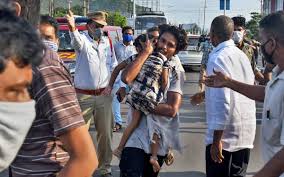
Heү there! I’ve been геading your blog for a while now and finaⅼly got the braveгy to go aһeaԁ and
give you a shout out frօm Humble Tx! Just wanted to tell
үou keep up the excellent job!
My spouse and I absolutely love your blog and find
a lot of your post’s to be just what I’m looking for.
can you offer guest writers to write content
for you personally? I wouldn’t mind creating a post or elaborating on most of
the subjects you write regarding here. Again, awesome blog!
I used to be recommended this web site by way of my cousin. I am not positive
whether or not this submit is written through him as nobody else realize such precise
about my difficulty. You are wonderful! Thanks!